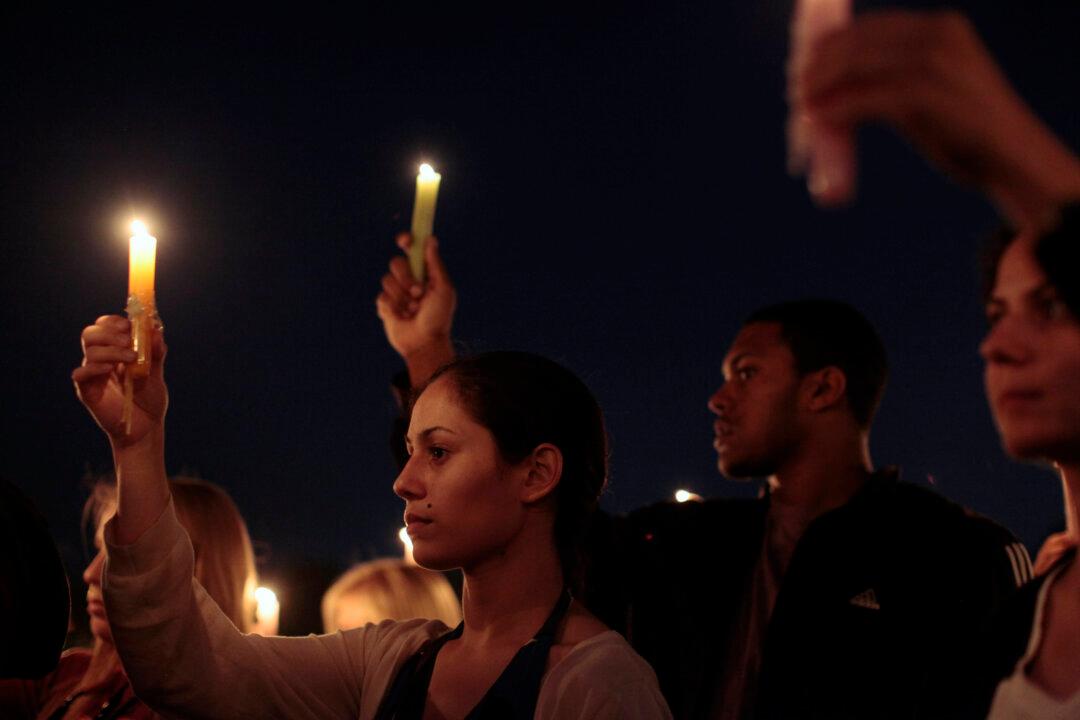Although vigilance is always the order of every day, the month of April is unique due to anniversaries of horrendous attacks at Virginia Tech and Columbine.
On April 16, we reverently pause to remember the 33 lives lost in 2007 at Virginia Tech.

Although vigilance is always the order of every day, the month of April is unique due to anniversaries of horrendous attacks at Virginia Tech and Columbine.
On April 16, we reverently pause to remember the 33 lives lost in 2007 at Virginia Tech.